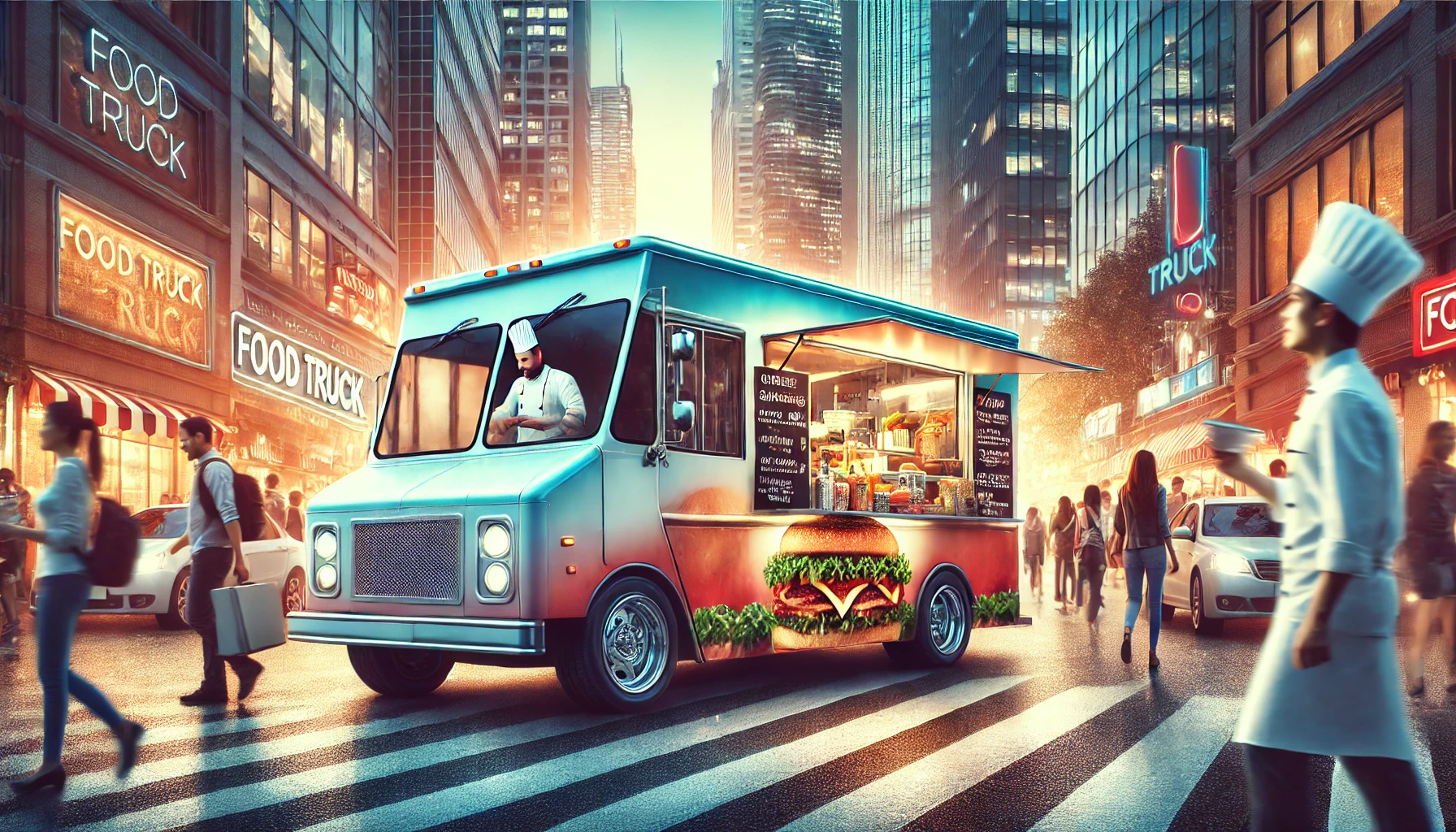Starting a food truck business is an exciting venture, but turning your idea into a reality requires careful planning and the right resources. As a leading food truck builder California, we’ve outlined the essential steps to help you succeed.
1. Define Your Concept
The first step in launching a food truck is defining your concept. What type of food will you serve? Will it cater to a specific niche or provide a broader selection? A clear vision will guide your truck design, menu, and overall branding.
2. Research Your Market
Conduct thorough market research to understand your target customers and competitors in California. Analyze location trends, customer preferences, and the demand for your chosen cuisine. This helps ensure your food truck stands out in a crowded market.
3. Get the Right Licensing and Permits
Ensure you meet all local and state regulations for operating a food truck in California. This includes health department permits, business licenses, and vehicle permits. Working with a food truck builder in California familiar with these requirements can simplify the process.
4. Choose the Right Food Truck Builder
Partner with an experienced food truck builder in California who understands your concept and can customize your truck to meet your needs. A high-quality, well-designed food truck maximizes efficiency, attracts customers, and ensures long-term durability.
5. Design Your Menu
Craft a menu that reflects your concept while keeping it manageable for your kitchen space. Focus on items that are easy to prepare, popular with customers, and profitable.
6. Build a Strong Brand
Your food truck should have a strong, recognizable brand. This includes a catchy name, a unique logo, and a consistent color scheme. Effective branding helps build loyalty and attracts more customers.
7. Plan Your Finances
A clear financial plan is essential for success. Factor in the cost of building your food truck, equipment, ingredients, permits, and marketing. Work with a financial advisor to ensure you’re on track to profitability.
8. Launch and Promote Your Food Truck
Once your truck is ready, plan a grand opening to create buzz. Utilize social media, local events, and food truck festivals to spread the word. Consistent promotions will help you attract loyal customers.
Conclusion
Turning your food business idea into a successful food truck requires dedication, careful planning, and the expertise of a professional food truck builder in California. By following these steps, you can set yourself up for long-term success in the mobile food industry.
FAQs
1. What are the first steps to starting a food truck business?
Start by researching your target market, choosing a niche, creating a business plan, and securing funding. Then, find a reliable food truck builder, obtain necessary permits, and develop a strong brand.
2. How much does it cost to start a food truck business?
Costs vary depending on the truck, equipment, and permits, but generally range from $50,000 to $200,000. Expenses include truck purchase, customization, kitchen equipment, licenses, insurance, and marketing.
3. What permits and licenses are required for a food truck?
You typically need a business license, health permits, food handler’s certification, and parking permits. Requirements vary by city and state, so check local regulations before starting.
4. How do I find the right food truck builder?
Look for experienced food truck manufacturers who specialize in custom builds, offer warranties, and understand health codes. Reading reviews and asking for past client references can also help.
5. What are the best locations to operate a food truck?
High-traffic areas like business districts, parks, festivals, and college campuses are ideal. However, always verify zoning laws and obtain necessary permits before setting up.
6. How can I make my food truck stand out?
Focus on unique branding, eye-catching design, high-quality food, and excellent customer service. Leveraging social media and online marketing can also boost visibility.
7. How do I create a profitable menu?
Design a cost-effective and manageable menu that aligns with your brand. Use high-quality ingredients while keeping preparation time and food waste minimal.
8. What are the biggest challenges of running a food truck?
Common challenges include permits, parking restrictions, competition, food costs, and mechanical issues. Having a solid business plan and contingency strategies can help mitigate risks.
9. How can I market my food truck business?
Use social media, influencer marketing, loyalty programs, and partnerships with local businesses to attract customers. Attending events and offering promotions also help build a loyal customer base.
10. What’s the best way to scale a food truck business?
Scaling options include adding more trucks, catering services, franchising, or opening a brick-and-mortar restaurant. Expanding based on customer demand and profitability is key.
11.What are the first steps to starting a food truck business?
Begin with market research, define your unique selling proposition, create a detailed business plan, and secure financing. Then, find a reputable food truck builder, apply for necessary permits, and start branding and marketing.
12. How much does it cost to start a food truck business?
The cost varies based on location, truck type, and customization needs, typically ranging from $50,000 to $200,000. Costs include purchasing a truck, kitchen equipment, insurance, permits, branding, and initial inventory.
